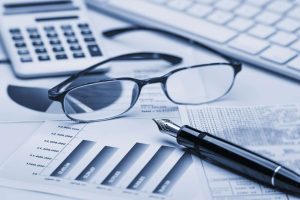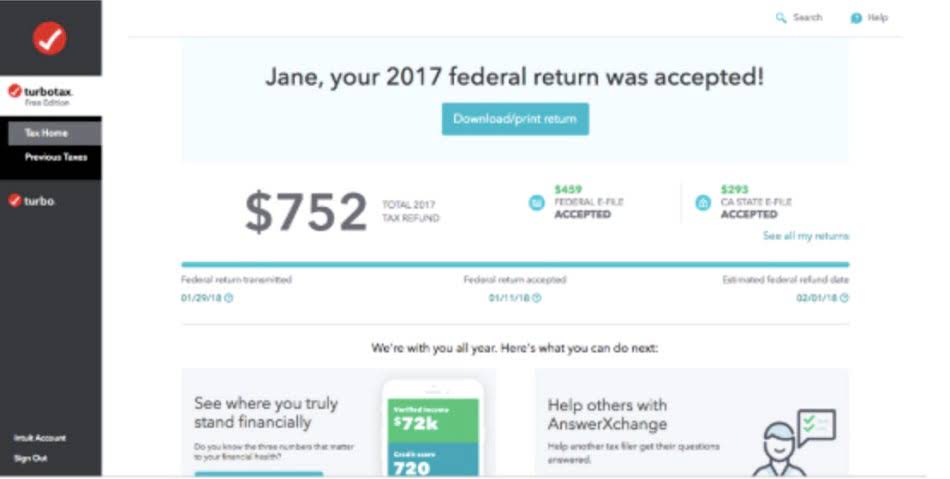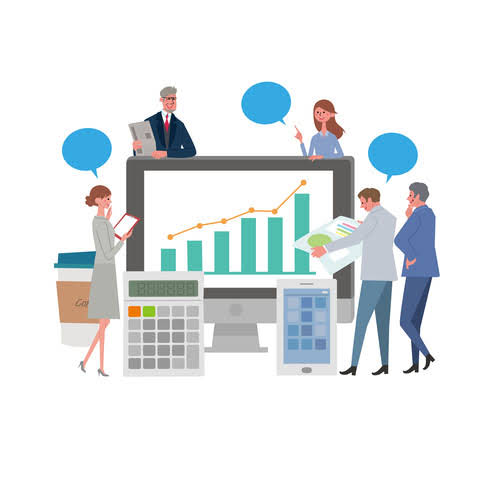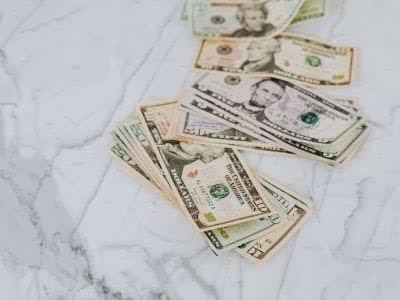
Long-term assets play a crucial role in generating future cash flows, enabling companies to meet their long-term obligations and sustain growth. For example, a manufacturing company might invest in advanced machinery that increases production efficiency and reduces costs. This investment results in higher revenue and improved https://monctonveinclinic.ca/capitalized-cost-definition/ profitability over time. Long-term assets are valuable investments for companies and contribute significantly to their financial health. One essential concept related to long-term assets is depreciation – a non-cash expense that allows companies to allocate the cost of long-term capital assets over their useful life.
Fixed Assets Vs Current Assets: Understanding Key Differences
- This is the value of funds that shareholders have invested in the company.
- Examples of current assets include Cash in hand, Cash at the bank, Stock, Debtors etc.
- An asset is any resource owned or controlled by a company that has the potential to provide future economic benefits.
- So, today we’re going to tackle some of the most frequently misunderstood components of the balance sheet, fixed and current assets.
- For instance, a utility company might spend billions on constructing a new power plant with an anticipated payback period of several years.
This international firm provides a broad range of services for the petroleum industry, including project management, drilling, reservoir testing, and well analysis. Other methods are – Double Declining Balance Method, Insurance Policy Method, Unit Production Method, etc. It would depend upon the company accounting policies, management, and expected usage of the asset, to opt for the suitable depreciation method. Depreciation is the wear and tear of the asset, which occurs due to its daily usage.

Up Next: Day Trading For Beginners – What Is A Day Trader
- Investors often will not see their benefits for a long time, perhaps years to come.
- Current liabilities are made up of credit card balances, accounts payable, and any unpaid wages and payroll taxes.
- But if an inventory is held onto for more than one fiscal year it will be a non-current asset.
- The combined total assets are at the very bottom and were $169.45 billion by the end of the fiscal year 2021.
- Thousands of people have transformed the way they plan their business through our ground-breaking financial forecasting software.
- The sale of fixed assets results in a capital profit if sold at a profit and capital loss if sold at a loss.
Depreciation allows companies to expense a portion of long-term operating assets used in the current year. But, it also helps to match revenues with expenses in the period in which they are incurred. Capital assets, such as plant, and equipment (PP&E), are included in long-term assets. Except, that is, for the portion designated to be depreciated (expensed) in the current year. Long-term assets can be depreciated based on a linear or accelerated schedule and can provide current assets vs plant assets a tax deduction for the company. Analysts will often consider a company’s earnings before the depreciation of assets (e.g. EBITDA).
Property, plant, and equipment
Cash would also be considered an asset since it can be used to pay employees or to purchase other assets needed to maintain operations. They carry a monetary value used to earn revenue and profit for the enterprise. They are usually land and building, plant and machinery that may be fixed or movable, or any other equipment that can be categorized as the same.
- Assets are resources containing economic value or can be used to produce future benefits, such as generating revenue on behalf of the company on a later date.
- On the other hand, current assets serve as the lifeblood of a company’s daily operations.
- The reverse is rare but possible (e.g., selling a fixed asset and holding the cash as a current asset).
- Current assets are those assets that a company expects to convert to cash or use up within one year or within the business's operating cycle, whichever is longer.
Inventory
They are recorded at cost and are depreciated over the estimated useful life, or the actual useful life, whichever is lower. Proper categorization could help them to do the reconciliation effectively and correctly. Proper categorization of assets could also assist the accountant in doing fixed assets depreciation calculations correctly and effectively. For example, machinery and vehicles are categorized into two different categories.


The Internal Revenue Service (IRS) provides guidance on useful lives for various asset classes for tax purposes. Plant assets are also long-term, expected to provide economic benefits for more than one accounting period, typically exceeding one year. A company invests in these assets with the expectation of their sustained utility over a significant duration. This extended useful life is a fundamental aspect of their classification. Assets are resources for a business; assets are of two types, namely current assets and non-current assets.

Fixed assets, on the other hand, are long-term assets that are not intended for sale and are expected to benefit the How to Run Payroll for Restaurants business for more than one year. To make good use of the numbers, analysts will typically further classify assets based on various criteria, including their convertibility, physical existence, and usage. Current assets are the assets that you can quickly convert for cash or have already been realized as cash.
- Current assets are not depreciated because they are expected to be converted into cash within one year.
- By carefully managing and optimising their asset portfolio, businesses can enhance their operational efficiency, financial stability, and long-term growth prospects.
- To sum up, it is not about the type of asset acquired, but rather the purpose of acquisition.
- For example, the machinery and equipment owned by a manufacturing company would be considered “operating” assets.
- If a business has any easy-to-convert current assets within one fiscal year, they identify as liquid assets.
- They require longer timeframes to sell and are often used to generate revenue long-term.
This characteristic underscores why understanding the long-term use aspect is vital for both business owners and investors who need to gauge the sustainability of a company’s operations. In the world of finance and accounting, current assets play a pivotal role in understanding a company’s financial health. Simply put, current assets are those resources that can be converted into cash or used up within one year or an operating cycle (whichever is longer). This term encompasses everything from cash to inventory to accounts receivable—essentially anything a business can quickly turn into cash if needed.
Difference Between Fixed and Current Assets with Examples
For example, fixed assets accountants might perform reconciliation between accounting records to the listing they use to help control the assets. Here is the example of how fixed assets are classify in the balance sheet of the company. They are reported at their book value at the end of the accounting period in different categories based on nature, their use, and the depreciation rate. Depreciation expenses are recorded in the period that the entity charges assets in the income statement.
Intangible Assets
A balance sheet has been referred to multiple times throughout this article. The other two main business financial documents are a profit and loss statement and a statement of cash flow. As fixed assets are a significant investment for many entities and an organization typically has several fixed assets, using fixed asset software is common. If an organization utilizes an ERP, it may use the fixed asset module available from the ERP instead of third-party fixed asset software. Transfers may occur during the lifecycle of a fixed asset for various reasons. An asset may be transferred from a construction-in-progress account to a completed fixed asset account when fully constructed.
